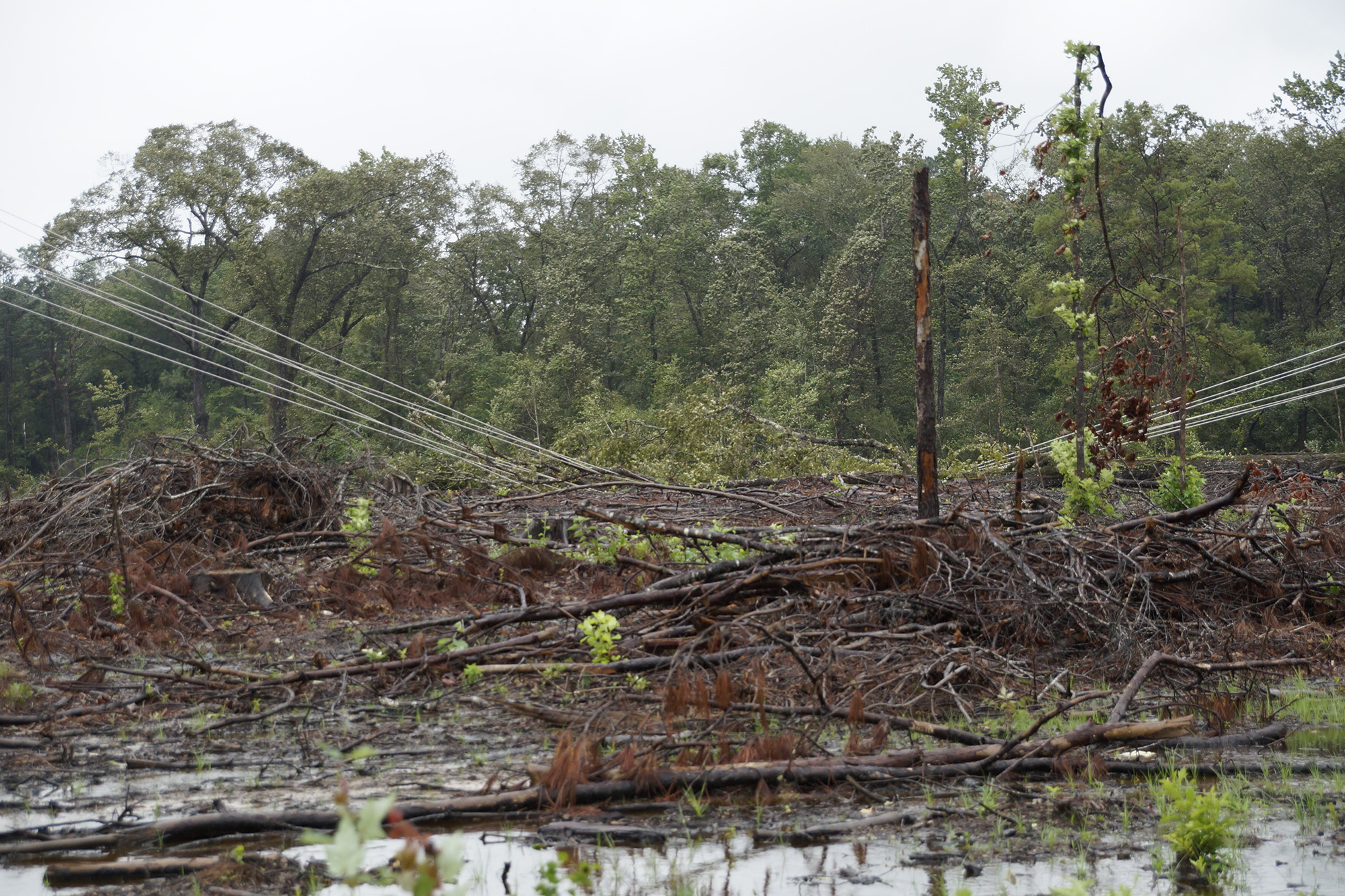
The 2018 Atlantic hurricane season is expected to be slightly more active than average, according to climatologists who predict 14 named tropical storms, with at least seven reaching hurricane strength.
“We anticipate a slightly above-average probability for major hurricanes making landfall along the continental United States coastline and in the Caribbean,” said Phil Klotzbach of the Tropical Meteorology Project at Colorado State University.
Klotzbach, who has served as the project’s principal researcher since 2006, predicted that of the seven hurricanes forecast, three of those storms could pack sustained winds topping 111 mph.
He cited weak La Niña atmospheric conditions in the equatorial Pacific and the likelihood of limited El Niño development in that region later this year as factors supporting the 2018 forecast for the Atlantic storm season.
“The western tropical Atlantic is anomalously warm right now, while portions of the eastern tropical Atlantic and the far North Atlantic are anomalously cool,” said Klotzbach, who released the preseason forecast April 5.
The Tropical Meteorological Project’s periodic forecasts are based upon data compiled over 29 hurricane seasons since 1989. The Atlantic Basin hurricane season runs June 1 through Nov. 30; however, tropical weather activity in the region has been known to begin earlier and continue beyond that period.
“Coastal residents are reminded that it only takes one hurricane making landfall to make it an active season for them, and they need to prepare the same for every season,” Klotzbach said.
During an average year, there are 12 named storms, including 10 hurricanes and three reaching major storm intensity. The 2017 Atlantic Basin hurricane season was exceptionally active with 17 named storms, 10 of which reached hurricane strength of at least 74 mph, with six that were declared major hurricanes.
Electric cooperatives serving members from the Gulf of Mexico to New England and hundreds of miles inland faced widespread outages and system damages caused by high winds, flooding and tornadoes related to tropical weather systems.
Co-op members in some areas hit by hurricanes Harvey and Irma are still recovering, as are Americans in the U.S. Virgin Islands and Puerto Rico, where Hurricane Maria caused substantial damage.